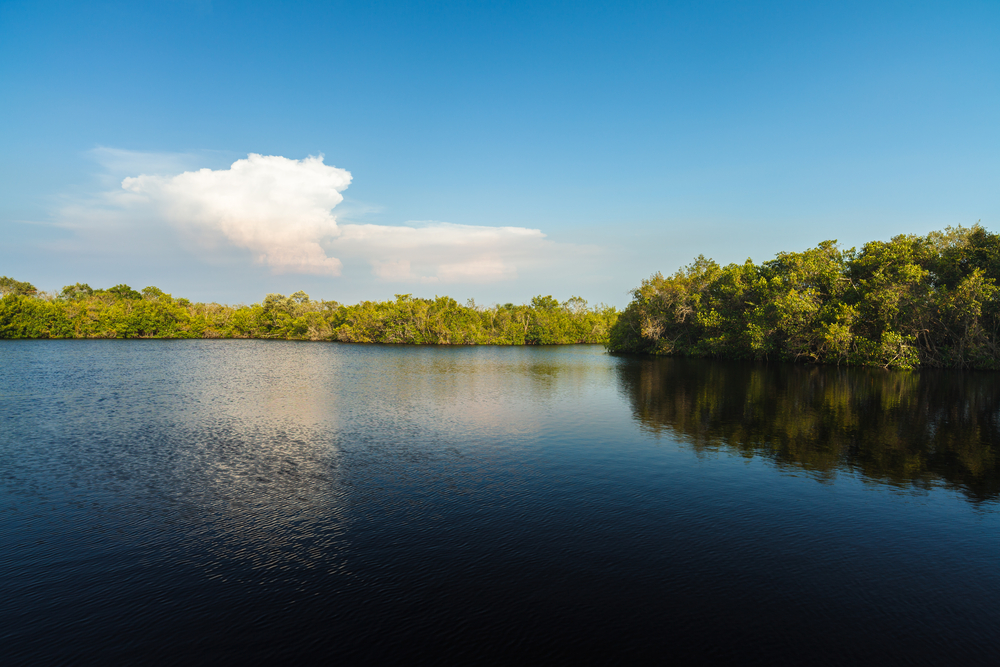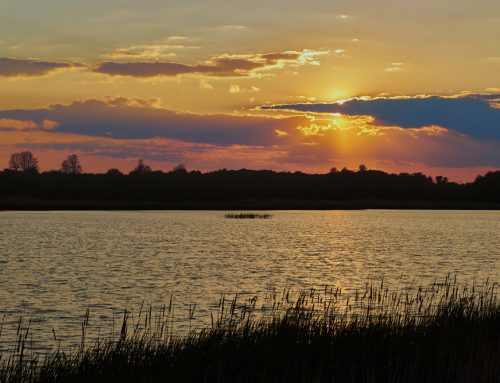Environment stewardship means actively caring for natural resources like our lakes. We have to take the right steps to ensure that Seminole County lakes are managed in a balanced and sustainable way for the sake of current and future generations. It also means that we need to be mindful of the regulatory compliance and permits in the state so we don’t do anything that is detrimental to the lakes.
Lakes are ecosystems within themselves and are closely tied to the environment, which means that any changes in the lakes can significantly impact the environment as well as animal, plant, and human life around it. That is why it’s so crucial to protect and manage the lakes in Seminole County.
Protecting Seminole County Waterways
People often don’t realize that what they do can impact the environment in significant ways and this includes daily human activities that can actually harm the lake. It is important to know the different ways you can help protect Seminole County lakes.
One of the best things to do, especially for people who live near lakes in Seminole County, is to use agrochemicals in their gardens sparingly. Agrochemicals include fungicides, pesticides, herbicides, and fertilizers. These chemicals can get carried away by the rain and runoff to the lake where they can do serious damage.
Gardening chemicals, especially fertilizers, can have a lot of nutrition in them that would be detrimental if it gets into the lakes.
These nutrients can feed certain algae in lakes, causing their population to increase drastically. This phenomenon is called a harmful algal bloom and it can kill both plant and animal life in and surrounding lakes.
If it wasn’t already obvious, littering is also one way to deteriorate lakes. When trash gets in the water, it not only lessens the beauty of the lake but can also harm the animals living in the lake.
Understanding Aquatic Plants
There are so many aquatic plants that thrive in Seminole County lakes and learning about them can help manage the lakes’ health.
An important distinction to make is between aquatic plants and invasive aquatic plants. Simply put, invasive plants are non-native, exotic, or introduced plants that actually grow really well but heavily compete with the native plants in the area.
Invasive plants are dangerous because they can destroy the balance of the lakes.
Other common native aquatic plants you’ll find here in Florida include Bladderworts, Coontails, Southern Naiads, Tape Grass, Pickerel Weed, Duck Potato, and Water Lilies.
In contrast, common invasive aquatic plants in the state include Hydrilla, Alligator Weed, Wild Taro, Water Hyacinth, Water Lettuce, Para Grass, and Torpedo Grass.
About Permits
Since Seminole County is located in Florida, people have to abide by the state laws of Florida when it comes to its lakes.
Homeowners are typically allowed by the state to remove non-woody plants from 50 feet of their shoreline to create a corridor to navigate to the lake. However, there are certain activities that would then require permits with the Florida Department of Environmental Protection (FDEP) Environmental Resource Permitting Section (ERP).
They are not free but a permit must be applied for when it comes to any structural construction, dredging (excavating), or filling of any materials within wetlands or surface water areas unless it otherwise meets specific criteria for an exemption. The county also requires a permit when someone wants to build a dock or seawall.
Conclusion
The responsibility of protecting our county lakes lies on each of us. We all have a role to play in helping to preserve, protect and restore Seminole County’s beautiful lakes and educating ourselves is just the very first step.


